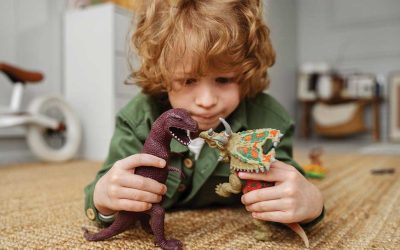It is normal for children to experience anxiousness throughout their primary school years. Worrying about schoolwork, friendships or being scared of something can contribute to anxious feelings. However, when anxiousness occurs more frequently, impacting on daily life, it becomes a concern for parents. Understanding the different triggers and symptoms of anxiousness will help determine strategies to manage anxiety levels.
Some important facts about anxiety:
- Anxiety disorders are the number one mental health issue in 5–14 year olds, as reported in a recent Federal government report (2015).
- Anxiety disorders often commence in childhood.
- Addressing symptoms of anxiety early and giving children coping strategies may minimise development of an anxiety disorder.
- Children’s developing brains make regulating their emotions and making decisions about managing anxiety levels more challenging.
So, what does anxiety in kids look like?
Children’s feelings of anxiousness often begin with worry. Children who continually worry about something may become distracted by their worrying thoughts, display angry or emotional behaviour or become withdrawn. A physiological reaction can accompany the observed behaviour as the brain is senses a threat due to the excessive worry. Whether the threat is perceived or real, children experience a fight, flight or freeze response. To illustrate these three responses, consider the task of delivering an oral presentation at school.
- Fight response – the child may refuse to give the talk or may exhibit signs of irritability, emotional outbursts or uncooperativeness leading up to the presentation.
- Flight response – the child may refuse to go to school that day or may run out of the room when it’s time for their presentation.
- Freeze response – the child may be unable to remember their lines, even though they have practised them many times successfully.
What can we do to help reduce anxiety in kids?
- Identify the source of their anxiousness through discussion.
- Validate children’s feelings of anxiousness. Children need to know their parents understand and sympathise with how they are feeling.
- Discuss how to solve the problem. Encourage talking regularly with a parent, friend or teacher when they experience ongoing anxiousness.
- Develop strategies to deal with anxious feelings. Research indicates mindfulness skills (such as breathing slowly), can assist with decreasing children’s feelings of anxiousness.
- If your child is aged 9-11 years and experiencing anxiousness, register for the Combatting Anxiousness for Learning Minds (CALM) Study being conducted at the Sunshine Coast Mind and Neuroscience – Thompson Institute. The study incorporates two assessments including an MRI and a 10-week mindfulness course investigating anxiousness.
Do you or your child need someone to talk to?
Parentline: parentline.com.au / 1300 30 1300
Kids Helpline: kidshelpline.com.au / 1800 55 1800
You may also like…
Parenting a highly sensitive child
How to reduce separation anxiety in Prep
Balancing the busyness – parenting support from Parentline





